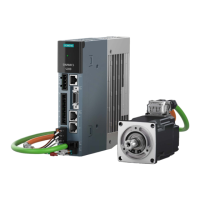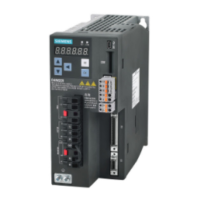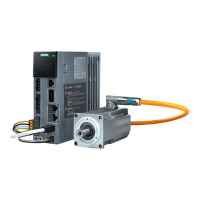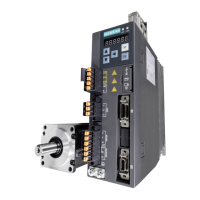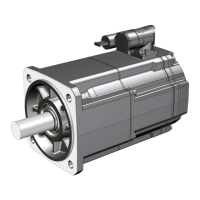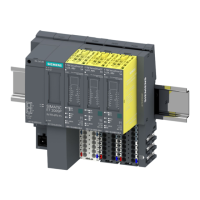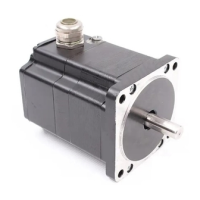4.8 EMC-compliant installation
4.8.1 EMC zones in the contr
ol cabinet
Description
Spatially separating disturbance sources and disturbance sinks avoids mutual disturbances. To
achieve this, the control cabinet and the plant or machine are split up into EMC zones.
Disturbance sources and disturbance sinks are installed in their own specic EMC zones.
An EMC-compliant control cabinet is structured as follows:
• All devices in the control cabinet are assigned to the appropriate EMC zones.
• Using one of the following measures, the zones are electromagnetically decoupled from one
another:
– Lateral clearance
– Separate metal enclosure
– Partition panels with large surface areas
• The cables associated with various EMC zones are routed in separate cable harnesses or cable
ducts.
• Filters or isolating ampliers are used at the interfaces of the EMC zones.
4.8.2 Shielding and potential equalization inside the control cabinet
Description
A control cabinet with EMC-compliant shielding is structured as follows:
• The size of the openings and breakouts at the control cabinet depend on whether it is to be
used in the 1st or 2ndenvironment.
• Connect the door, side panels, top and base panels of the control cabinet with the control
cabinet frame using one of the following methods:
– Electrical contact surface of several cm² for each contact location
– Several screwed connections
– Short, nely stranded, braided copper wires with cross-sections
≥95mm²/000(3/0)(‑2)AWG
• A shield support is provided for shielded cables that are routed out of the control cabinet.
• The PE rail and shield support should be connected to the control cabinet frame through a
large surface area to establish a good electrical connection.
• Devices and components are mounted on a bare, metal mounting plate.
Application planning
4.8EMC-compliant installation
SINAMICS S200 PROFINET servo drive system with SIMOTICS S-1FL2
92 Operating Instructions, 11/2023, FW V6.3, A5E51646752B AB
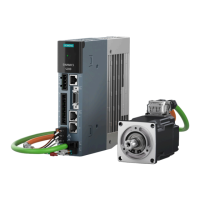
